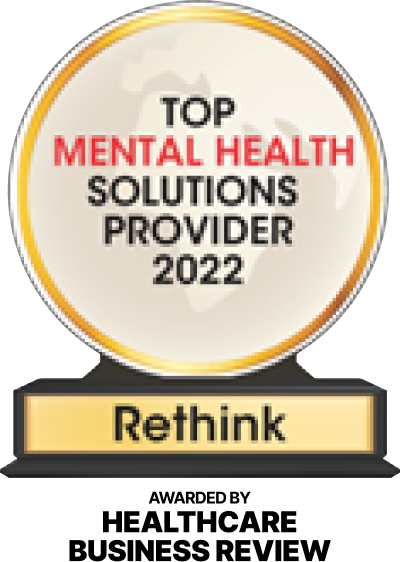I recently had the privilege of training 25 companies on mindfulness practices. Part of our session was on corporate culture. It’s a topic that I love to speak about because most companies have a candy coating to their true corporate culture. My favorite definition of culture comes from the Harvard Business Review. They refer to culture as “consistent, observable patterns of behavior in organizations.”
The problem with corporate culture is often the difference between internal PR and reality. The PR view is usually consistent across big companies. It goes something like “Working here is amazing, fun, a growth opportunity where everyone loves each other and treats each other wonderfully.” Best. Place. Ever. Oh, and snacks.
Having done twelve of these sessions in the past year, the truth tends to be a different story. Most attendees share a list of common challenges in the corporate world including:
- Doing more with less (faster, cheaper)
- Disconnected management
- Offshoring
- Technology challenges
- Offshoring innovation (sending employees the wrong message)
- Risky coopetition
- Increasing injury rates
- Absenteeism and presenteeism on the rise
We had twelve industries in the room, including real estate, technology, automotive, banking, consulting and consumer products. All agreed the challenges were universal. The norm.
If this list is the norm, then by definition it’s part of your company culture; the consistent, observable patterns of behavior in your organization.
You don’t have to talk about it; it just happens.
We then turned our attention to disruption. Every company has normal challenges. But we also have disruptive forces that ebb and flow making the challenges even more difficult to work with. We started with basic disruption, the kind of global phenomenon we’re all sadly getting used to: Terrorism, politics, technology espionage/theft.
I then challenged the group to think about smaller disruptive forces. The ones we don’t talk about, but are massively damaging in the aggregate. For most companies, this includes:
- ⅓ of your employees suffer from insomnia. They show up unable to perform at their best.
- Four generations of employees working together for the first time ever. And guess what? They hate each other! But few companies address the language, expectation and cultural divides that cause daily tension.
- Employees aren’t taught focus and awareness skills. Injury rates are on the rise and 91% of work accidents are caused by human error. The average company has 3.2 injuries for every 100 employees, at a cost of $38,000 each. If you’re in a 10% margin industry, you have to make $380,000 just to cover injuries for every 100 employees. Do the math. #disruption
- 83% of employees name work as their biggest source of stress and anxiety.
- Gallup estimates 70% of employees are disengaged at work and 18% are actively disengaged, including toxic employees intentionally looking to avoid work.
The group agreed that disruption is the norm. It’s part of your company culture; the consistent, observable patterns of behavior in your organization.
When it comes to company culture, the big question is this: Do you recognize the challenges and disruptive forces in running your business? Do you feel they’ll get worse in the next ten to fifteen years? Are you equipping your employees to be resilient in the face of increasing disruption and modern business requirements?
If you’re not addressing these, you might more realistically describe your culture as “We demand faster, cheaper and ignore systemic market forces in the face of increased evidence that people don’t like it here. And we have good snacks.”
If your culture is just taking disruption as the norm vs. actively working to address it, you may have a culture problem that a PR spin won’t help. Here are some ways to solve that problem:
- Invest in the stress resiliency, mental wellbeing and coping skills of your employees. Mindfulness training has the benefit of helping the individual, while also opening them up to having more empathy and compassion towards one another.
- Look for more opportunities for employees to come together to create community. Whether it’s monthly happy hours, celebrating big wins with team karaoke or team offsites, a team that bonds with one another will build a culture that is imperative to the functioning of the company.
- Add mental wellbeing to your quarterly staff surveys. When in doubt, ask. Check in on the level of stress in an open and transparent way with the intention to open up the conversation instead of ignoring it. Ignoring it is resulting in 46% turnover for the average company in the U.S.
- Start small. Rome wasn’t built in a day. Find what the biggest issue is first and focus on that for a quarter. Then move onto the next big thing. Just like habits, you need to focus on each aspect of a company’s culture one at a time to make real change happen.
- Don’t let employee wellbeing slip, no matter what. When things get busy, the first thing that goes is that we forget to take care of ourselves. The same happens in business. Little do a lot of companies understand how much work suffers at the hands of poor wellbeing.
No company is perfect. But there are a lot of ways and resources to improve the inner workings of any organization.











